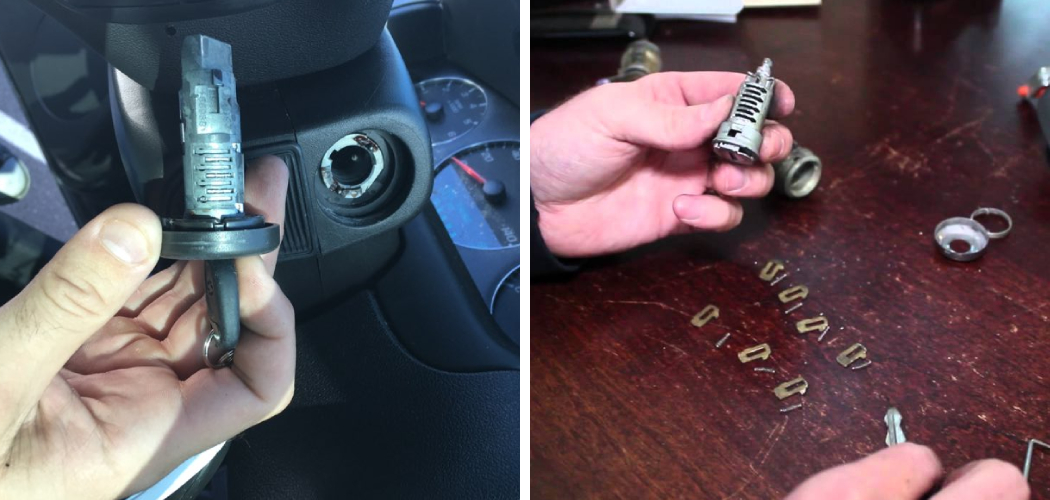Rekeying a Jeep ignition is a vital skill for Jeep owners who wish to bolster their vehicle’s security or replace a worn-out ignition cylinder. It’s a practical solution when keys are lost or to prevent a stolen key from compromising your Jeep’s security.
This guide on how to rekey a jeep ignition will walk you through the basics of rekeying your Jeep’s ignition, detailing the tools you’ll need and the steps to follow. Whether you’re a seasoned DIY mechanic or a novice looking to save on costs, this information will provide you with a clear roadmap to success. You can adapt this guide to cover any Jeep model, whether it’s a Wrangler, Cherokee, or Grand Cherokee.
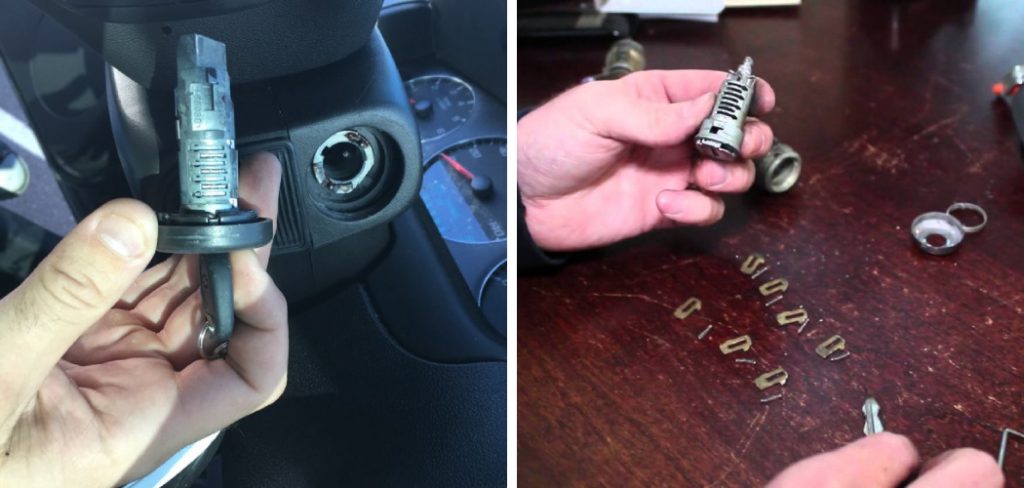
Understanding the Ignition System
The ignition cylinder is the mechanical component that receives your key, and it’s usually located on the steering column. It has a series of tumblers that line up to allow you to start your Jeep when you insert the correct key. The process of rekeying involves replacing these tumblers with new ones that correspond to a different key, rendering old keys useless.
Assessing the Need for Rekeying
Rekeying may be necessary if your keys are lost, stolen, or damaged. If you suspect that someone might have unauthorized access to your Jeep’s keys, rekeying is an essential security measure. Additionally, rekeying can also address issues such as a worn-out ignition cylinder that makes it difficult to start the engine. In any case, it’s important to understand the need for rekeying before proceeding with the process. You can consult your Jeep’s owner’s manual for specific guidance on when to rekey.
Tools Required
Before diving into the rekeying process, it’s essential to have the necessary tools on hand. Here are the tools you’ll need:
Screwdriver Set
A good screwdriver set is crucial for any DIY project, and rekeying a Jeep ignition is no exception. You’ll need it to remove the ignition cylinder housing screws.
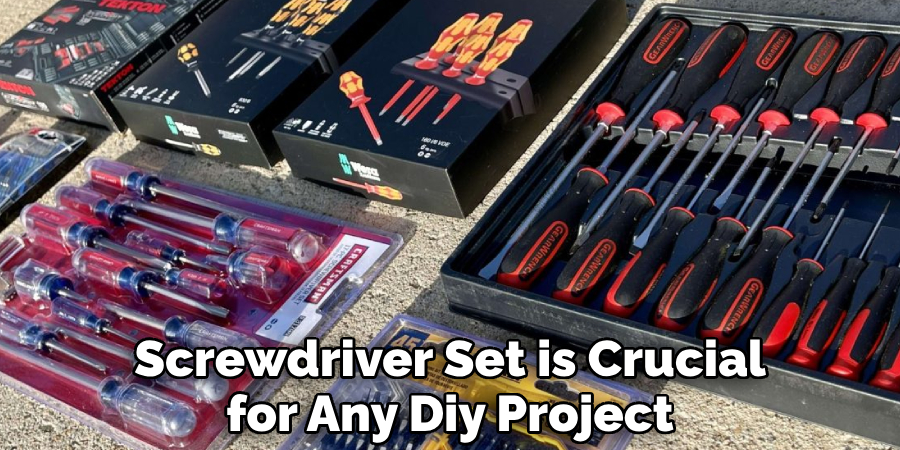
Key Decoder / Lock Pick Set
You’ll need a key decoder or lock pick set to determine the cuts on your current Jeep key. This information will help you create new keys with matching cuts.
New Key Blanks
You’ll need new key blanks to create the new set of keys for your Jeep. Make sure to get the correct key blank that matches your Jeep model’s ignition system.
C-Clip Removal Tool
A C-clip removal tool may be necessary, depending on your Jeep model, to remove the ignition cylinder from the housing. In some cases, you may be able to use a flathead screwdriver instead.
Replacement Tumblers
You’ll need replacement tumblers that correspond to the new key cuts. Make sure they are compatible with your Jeep model’s ignition system.
11 Step-by-step Guidelines on How to Rekey a Jeep Ignition
Step 1: Removing the Ignition Cylinder Housing
The first step is to remove the ignition cylinder housing from the steering column. Use a screwdriver set to remove the screws that hold the housing in place. You may need to tilt the steering wheel for easier access. If necessary, use a C-clip removal tool to remove the C-clip that secures the ignition cylinder in place. But by gently pulling the cylinder, you should be able to remove it from the housing.

Step 2: Disassembling the Ignition Cylinder
Once you’ve removed the ignition cylinder, it’s time to disassemble it. Use the key decoder or lock pick set to determine the cuts on your current Jeep key. Then, use a small screwdriver to remove the retaining pin and slide out each tumbler from the cylinder. If there are any stubborn tumblers, use a pair of needle-nose pliers to remove them. The number of tumblers in your ignition cylinder will depend on your Jeep model. It’s essential to keep track of the order in which you remove them.
Step 3: Recording the Tumbler Positions
As you remove each tumbler, label them accordingly and record their positions. This step is crucial as it ensures that you can easily reassemble the cylinder with the correct tumblers in the correct positions. The tumbler codes can be found on the side of each tumbler. It is also important to note the position of the sidebar, which is a small metal bar that interacts with the tumblers to unlock the cylinder.
Step 4: Assessing Your Jeep Key Blanks
Before creating new keys, make sure to inspect your key blanks. They should be of the correct size and shape for your Jeep model’s ignition system. If they don’t match, you’ll need to purchase new ones. But if they are compatible, you’re ready to move on to the next step. The number of key blanks you’ll need will depend on the number of tumblers in your ignition cylinder.
Step 5: Cutting New Keys
Using a key-cutting machine or taking your key blanks to a locksmith, cut new keys based on the information gathered from the decoder or lock pick set. Make sure that each key has the correct cut to match the tumblers’ positions. Otherwise, the new keys won’t work with your ignition. It’s always a good idea to have an extra set of keys in case one gets lost or damaged in the future. The new keys should also have a matching sidebar groove to work with the ignition system properly. It’s important to carefully compare the new keys with the old ones before proceeding.
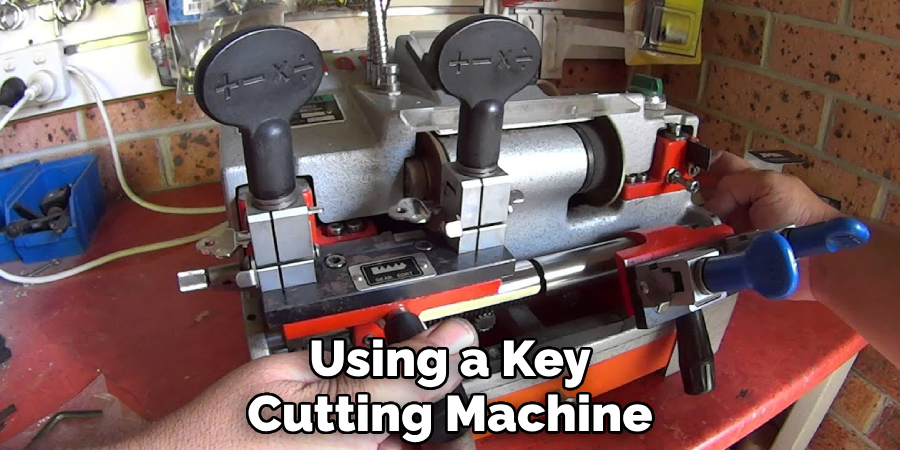
Step 6: Inserting the New Tumblers
With your new keys cut, it’s time to insert the new tumblers into the ignition cylinder. Make sure that each tumbler is inserted into its correct position and matches the key cuts. Double-check the positions to ensure accuracy. But remember to keep the sidebar position in mind and make sure it matches the old tumbler’s position. The last tumbler inserted should be the one with the sidebar groove. You can use the retaining pin or a small screwdriver to secure each tumbler in place.
Step 7: Reassembling the Ignition Cylinder
Once all the new tumblers have been inserted into the cylinder, reassemble it by putting back the retaining pin and any other parts that you had initially removed. Make sure everything is in place and tightly secured. But make sure the tumblers and sidebar are still in their respective correct positions. The new tumblers should move smoothly and freely when the key is inserted. If not, double-check the positions and make any necessary adjustments. But don’t force anything into place as it may damage the tumblers or keys.
Step 8: Testing the New Keys
Before reinstalling the ignition cylinder housing, test your new keys by inserting them into the ignition. They should turn effortlessly without any resistance or sticking. If they don’t work correctly, you may need to recheck the tumbler positions or consult a professional locksmith. The sidebar should also move freely with the key and align with the tumblers to unlock the cylinder. It’s essential to test all the new keys before proceeding. The new keys should also work for the Jeep’s doors and trunk.
Step 9: Reinstalling the Ignition Cylinder Housing
Once you’ve confirmed that the new keys are working correctly, it’s time to reinstall the ignition cylinder housing. Align the cylinder with its original position in the steering column and secure it with screws or a C-clip, depending on your Jeep model. Make sure everything is tightly secured and in its correct place. But avoid over-tightening the screws as it may damage the housing or cylinder. You can now turn the key and start your Jeep. It should start without any issues.
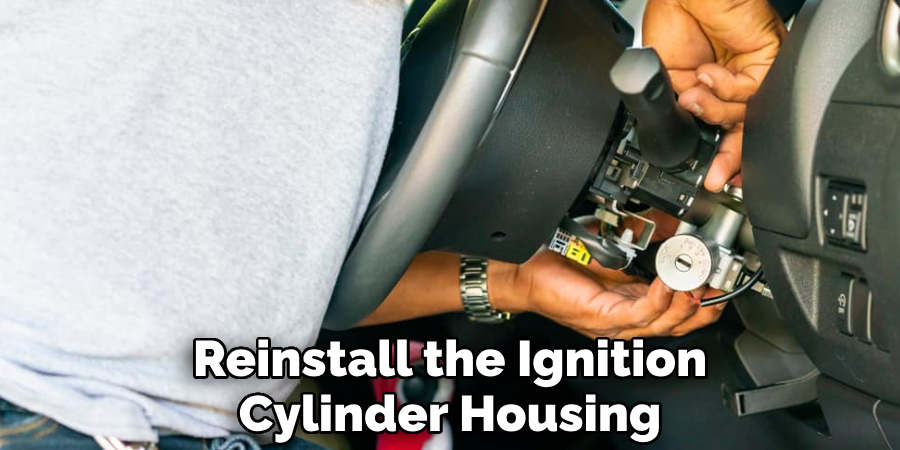
Step 10: Programming the New Keys
If your Jeep has a transponder key system, you’ll need to program the new keys for them to work with your vehicle. This step may require special equipment and knowledge, so it’s best to consult a professional locksmith or dealer. They will have the necessary tools and expertise to program your new keys correctly. Attempting to program transponder keys without proper knowledge or equipment may result in damage to your vehicle’s computer system.
Step 11: Replacing Door and Trunk Locks (Optional)
In some cases, you may also need to replace the door and trunk locks if they use the same key as the ignition. If your new keys don’t work with these locks, it’s a sign that they are not compatible. You can purchase new door and trunk lock sets that come with matching keys or have a locksmith rekey your current locks to work with the new ignition key.
This step on how to rekey a jeep ignition is optional but may be necessary for better security and convenience. The process is similar to replacing the tumblers in the ignition cylinder. Remember to keep track of the positions and codes for each tumbler as you remove them from the old locks. Once all the new tumblers are inserted, test the keys on all doors and trunks before reinstalling their respective locks.
Security Considerations
When rekeying your jeep’s ignition, it’s essential to take proper security precautions. Make sure to work in a secure and well-lit area to avoid any mishaps or thefts. Keep the old keys secured and destroy them once you have successfully rekeyed the cylinder. Also, make sure to keep track of all tumbler positions and codes throughout the process to avoid any confusion or mistakes.
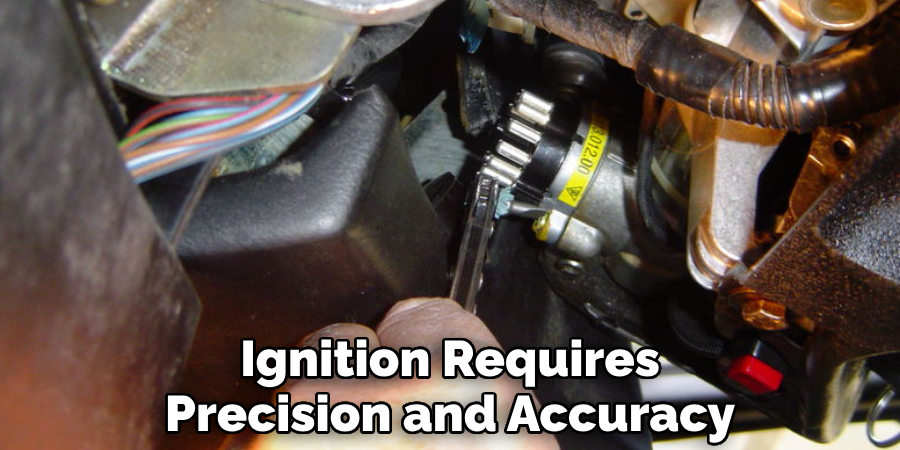
If at any point, you feel unsure or uncomfortable with the process, it’s best to seek professional help. Rekeying a Jeep ignition requires precision and accuracy, so it’s crucial to take your time and follow all the steps carefully. Your Jeep’s security is in your hands, so make sure to do it right.
Professional Assistance and Consultation
Rekeying a jeep ignition can be a daunting task, especially for those with no prior experience. If you feel overwhelmed or unsure about any step in the process, it’s best to consult a professional locksmith or dealer. They have the necessary tools and expertise to rekey your ignition correctly and provide guidance if needed.
It may cost more than doing it yourself, but it guarantees a secure and proper rekeying process. Plus, you’ll have peace of mind knowing that your Jeep’s security is in good hands. So don’t hesitate to seek professional assistance if needed. Remember, it’s always better to be safe than sorry when it comes to your vehicle’s security.
Legal and Safety Considerations
Rekeying a jeep ignition is generally legal as long as you own the vehicle and have the right to access it. But if your Jeep is leased or under a finance agreement, make sure to check with the leasing company or lender before rekeying. They may have specific rules or guidelines about modifying your vehicle’s security system.
It’s also crucial to follow all safety precautions and guidelines to avoid any accidents or injuries. Wear protective gear, use the correct tools, and work carefully to prevent any mishaps. And always consult the Jeep’s manual for specific instructions and warnings before attempting any modifications or repairs.
Troubleshooting Common Issues
Rekeying a jeep ignition is a complex process that requires precision and attention to detail. Even with proper precautions, you may encounter some common issues during the rekeying process. Here are some troubleshooting tips for these problems:
- If the New Key Doesn’t Turn or Feels Stuck, Double-check the Positions and Codes of the Tumblers. You May Have Inserted Them Incorrectly or in the Wrong Order.
- If the Sidebar Doesn’t Align With the Tumblers, Make Sure to Adjust Their Positions Accordingly. The Sidebar Must Move Freely With the Key to Unlock the Cylinder.
- If You Accidentally Break a Tumbler or Lose a Code, Don’t Panic. You Can Purchase Replacement Tumblers or Consult a Professional Locksmith to Assist You.
- If the New Keys Still Don’t Work After Rekeying, Make Sure to Program Them Correctly Using the Right Equipment and Knowledge. Seeking Professional Help May Be Necessary for This Step.
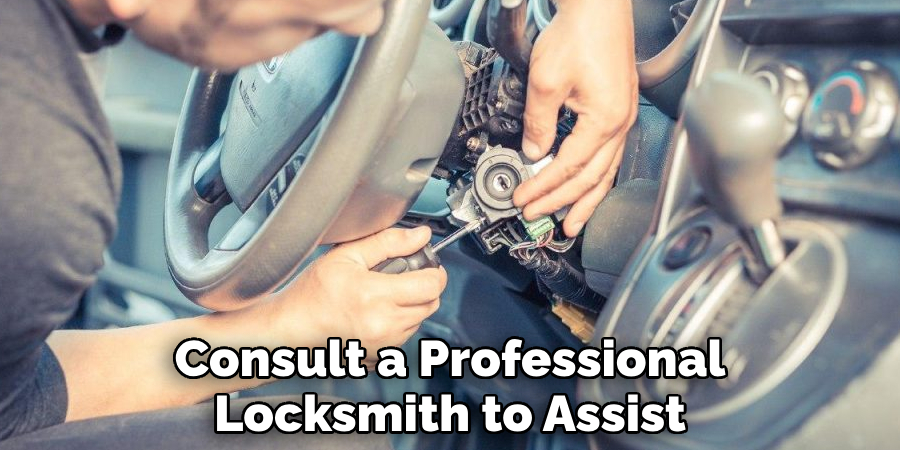
Frequently Asked Questions
Q: Can I Rekey My Jeep Ignition Without the Original Key?
A: Yes, you can still rekey your Jeep ignition without the original key. However, it will require more time and effort as you’ll need to decode the existing tumblers and create new keys from that information. The process may also be more challenging if you have a transponder key system.
Q: Can I Rekey My Jeep Ignition To Use The Same Key As My Doors?
A: Yes, it is possible to rekey your Jeep ignition to match the keys for your doors. However, this may require additional steps, such as rekeying the door locks to match the new ignition key. If you’re not confident in doing this yourself, it’s best to seek the help of a professional locksmith.
Q: Do I Need Specialized Knowledge To Rekey My Jeep Ignition?
A: While rekeying a Jeep ignition does require some mechanical knowledge and skill, it is not overly complicated. With the right tools and following the steps correctly, most people can successfully rekey their Jeep ignition. However, if you’re unsure or uncomfortable with the process, it’s best to seek professional help.
Q: Can I Use the Same Key to Rekey My Jeep Ignition Multiple Times?
A: Yes, you can use the same key to rekey your Jeep ignition multiple times. However, as with any mechanical component, the tumblers and key may wear down over time, so it’s best to have a spare key on hand in case you need to rekey again in the future. But as long as the key is in good condition, you can continue to use it for rekeying.
Q: Are There Any Precautions To Take When Rekeying My Jeep Ignition?
A: Yes, there are a few precautions to keep in mind when rekeying your Jeep ignition. Make sure you have all the necessary tools before starting and work in a well-ventilated area. It’s also essential to handle the tumblers with care as they can easily become damaged or misplaced. Additionally, make sure to rekey your ignition in a secure location to prevent any potential theft of your Jeep during the process.
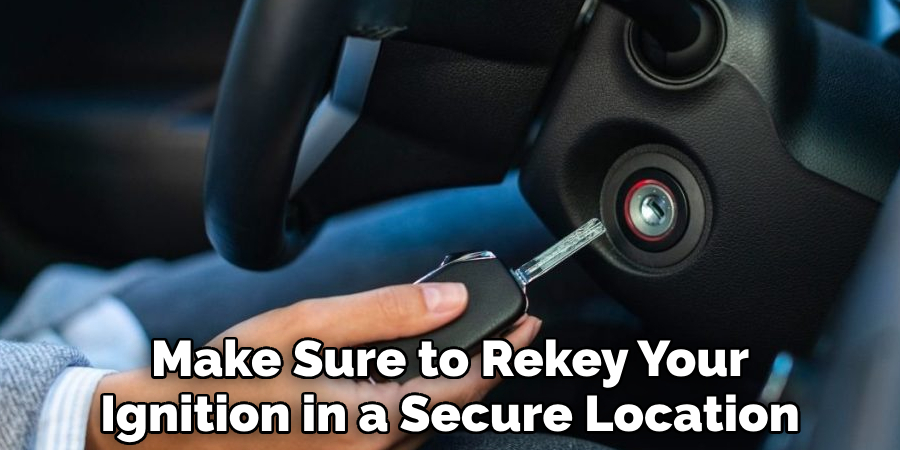
Conclusion
Successfully rekeying your Jeep ignition requires attention to detail and a thoughtful approach. By ensuring you’re equipped with the correct tools and following the steps on how to rekey a jeep ignition carefully, you can enhance your vehicle’s security and enjoy the peace of mind that comes with a new set of keys.
Whether you are dealing with a lost key or simply seeking an extra layer of protection for your Jeep, this guide offers a practical solution that puts control back in your hands. Remember, while DIY projects can be rewarding, there’s no substitute for professional expertise if you find yourself uncertain about any part of the process. Stay safe, take your time, and your Jeep’s ignition will be rekeyed successfully.

